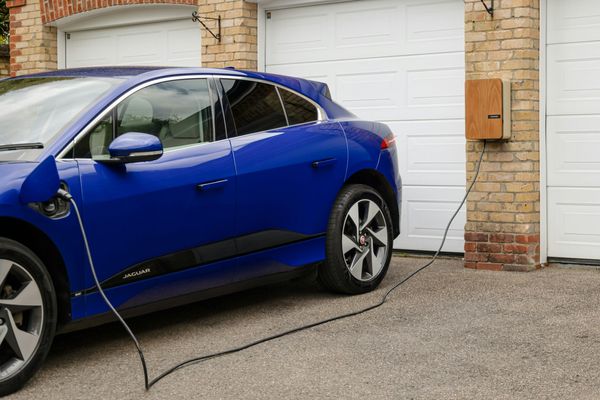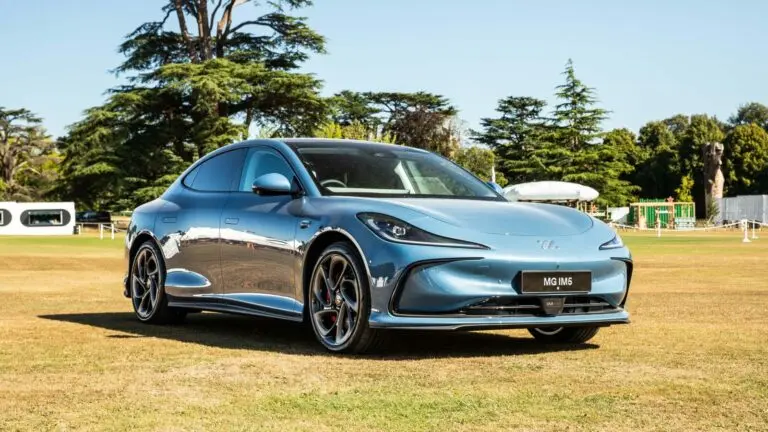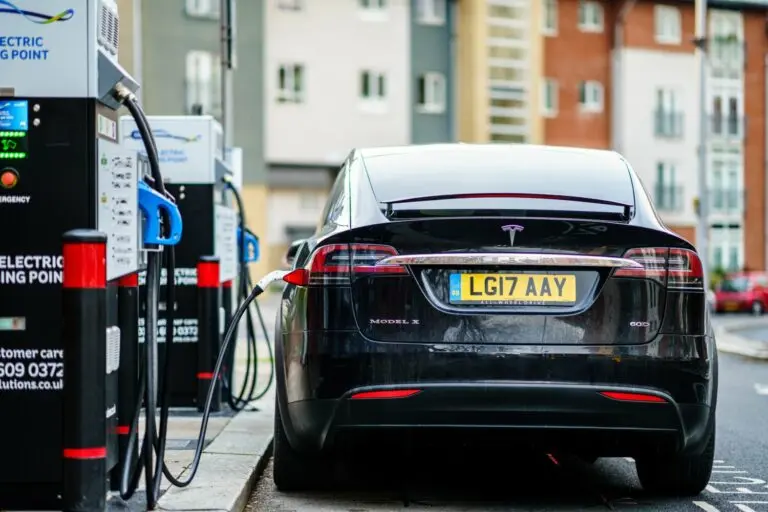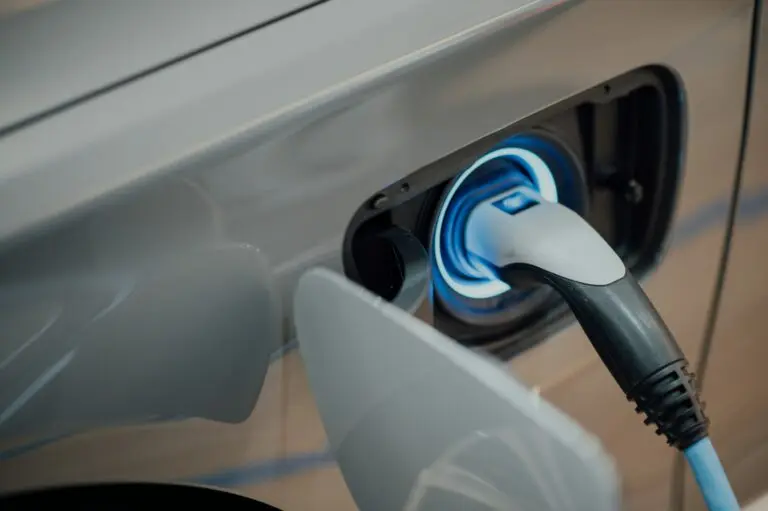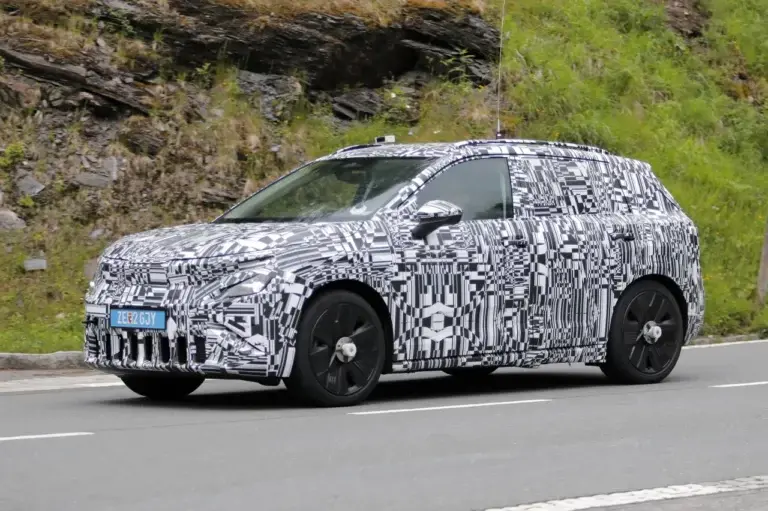Practical and economical, home recharging is the preferred solution for electric car owners, nearly 90% of whom have one. Whether conventional or wall-mounted, in the garage or the car park of a condominium, it’s always advantageous and sometimes lucrative. Here’s everything you need to know about home charging.
When it comes to recharging your electric car at home, the most obvious solution is the domestic socket. With a power of 2.3 kW, it’s the perfect bad idea! Not only do you only get about ten kilometres per hour out of the socket, but you also lose energy – up to 30% according to Engie. The owner then has the option of a reinforced socket. After a specific installation, generally in the form of a box, the power is increased to 3.7 kW and it is possible to recover up to 20 kilometres per hour of charging while limiting energy losses. This may be enough for everyday use, since a night’s charge recovers just over 100 kilometres of range, and slow charging is less aggressive on the battery. But the most recommended solution is the wall-mounted charging point. Even though they sometimes require some work, wall-mounted charging points have the advantage of offering ‘à la carte’ power, up to 22 kW three-phase, so you can recover up to 40 km of range per hour while optimising charging and preserving the battery by adjusting and programming your charging point according to your needs. There are stand-mounted alternatives if it is not possible to install a wall-mounted charging point. The main disadvantage of home charging points is the cost, but there are solutions for that too…
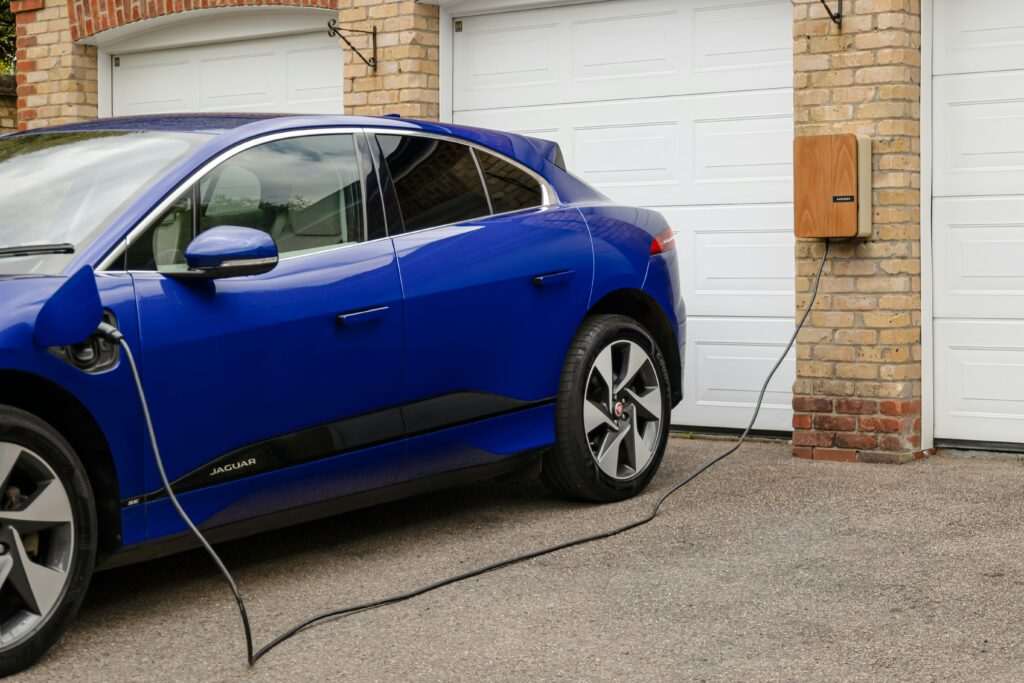
Financial aid to facilitate the installation of charging points
As part of France’s policies to speed up the transition to electromobility, there are two ways of reducing the bill for those who install a home charging point. On the one hand, the famous tax credit for energy transition (CITE) allows you to benefit from aid of up to €300 for the purchase and installation of a charging point. The only condition? Use an RGE (Reconnu Garant de l’Environnement) certified company. There is also a grant called ADVENIR, which « reimburses » up to 50% of the cost of the operation. Capped at €600, it is reserved for private individuals living in collective housing and companies wishing to recharge their fleets. It also has the added advantage of being paid directly to the installer, saving electric car owners a lot of paperwork. At local level, some local authorities offer additional incentives, so it’s worth finding out what the policy is in your département or region before installing your charging point.
The impact on bills
Installing a home charging point for your electric car inevitably leads to an increase in electricity consumption. ChargeGuru carried out a study and found that the average increase was 21%. Depending on the supplier, this translates into an increase of €30 to €40 on the monthly bill, or €500 a year. That may sound scary when you put it like that, but the savings compared with combustion engines are substantial. In fact, the average fuel budget in Europe is around €100 per month, i.e. 2 to 3 times more than for electric cars.
Playing the eco-responsibility game
It’s not just the economic aspect that comes into play when consumers decide to swap their petrol-powered car for an electric one. The environmental aspect also comes into play, and home charging points, powered mainly by decarbonised energy (in France at any rate), tick this box. But you can go even greener by opting for a guaranteed 100% renewable energy supplier, like Ilek, Enercoop or Ekwateur, among others. And to really drive the point home, you can choose a programmable charging point that will allow you to plug in only during off-peak hours, thus relieving congestion on the grid and saving money at the same time… a win-win situation!

The right to take
One of the biggest problems with the electrification of the French car fleet is the lack of charging points in communal housing. And yet, in France, every resident in a condominium has what is known as the right to a plug. In other words, they can have a charging point installed in their parking space. To do so, all you have to do is inform the syndic, who can only object if the necessary work jeopardises the integrity of the building. There are even organisations like Zeplug that can take care of the administrative and billing procedures. When it comes to installing shared charging points, a vote at a general meeting and the pooling of costs can simplify the installation even further, as well as making it easier for more residents to switch to electric vehicles.
Bidirectional charging, a solution for the future?
Finally, we look a little further into the (near) future and conclude with a technology that is certain to become increasingly widespread, and which has already made its appearance on the latest Renault 5 electric car: Vehicle-to-Grid (V2G) or ‘two-way charging’ technology. The principle is relatively simple: at any given time of day, more than 9 out of every 10 cars on the road are parked. In order to take advantage of this immobility, bidirectional charging enables the vehicles being charged to « return » energy to the grid during peak hours, after having recovered some during off-peak hours. This saves even more energy and money, while helping to stabilise the grid.

